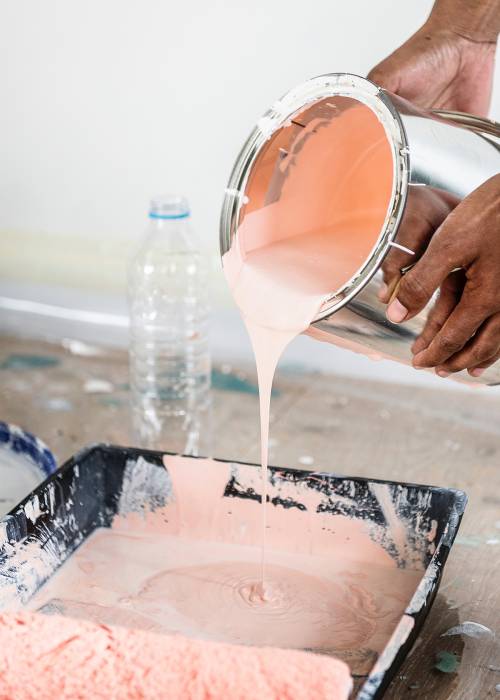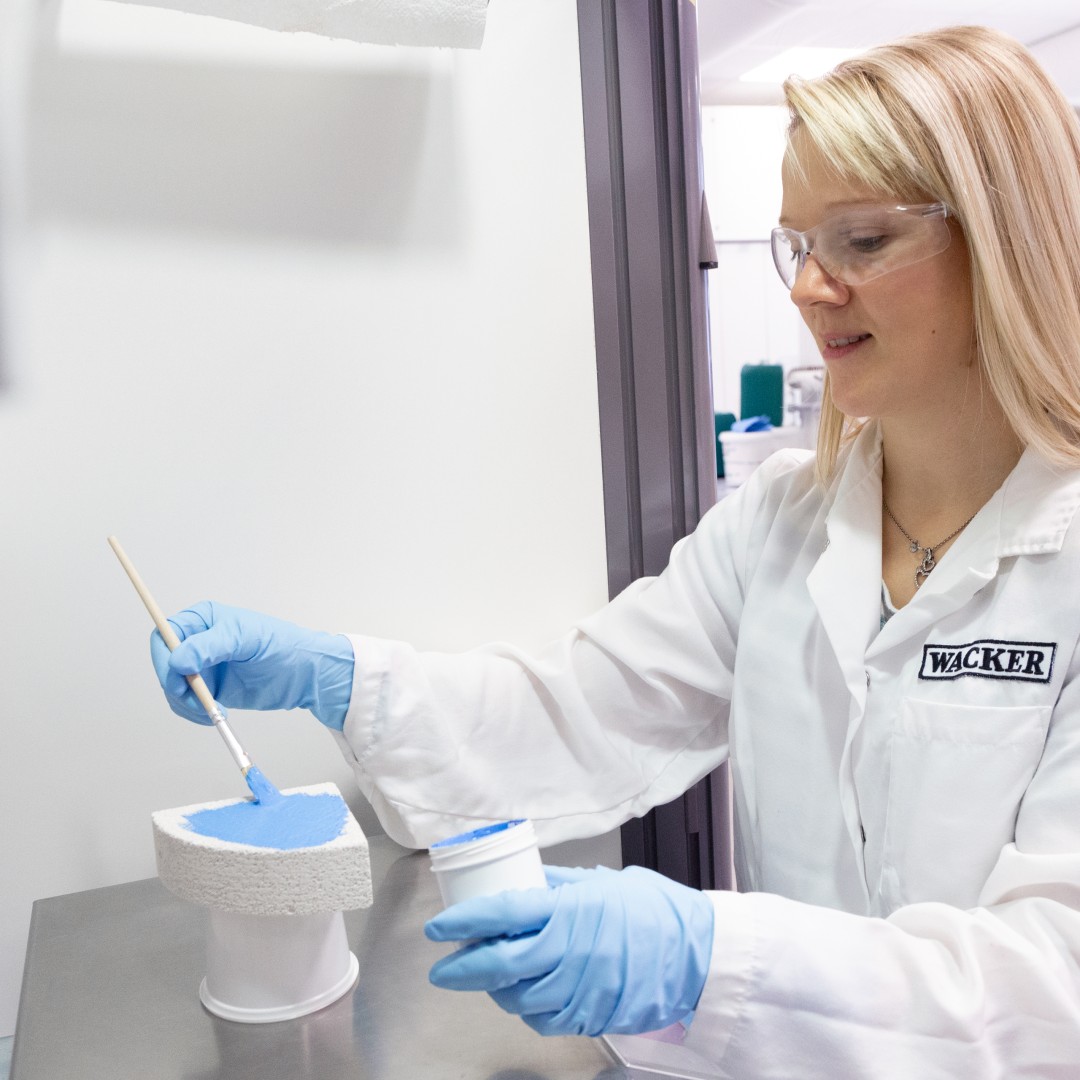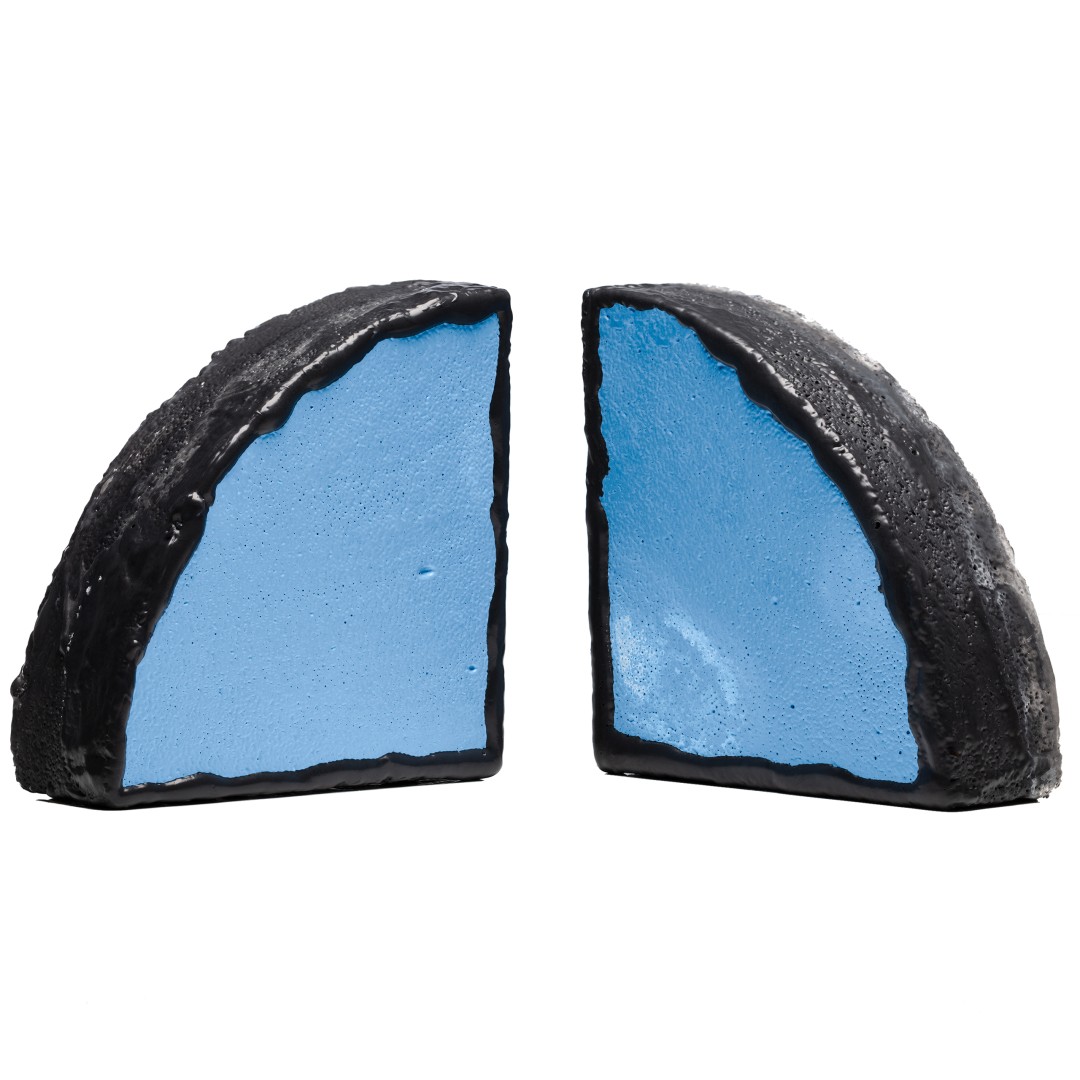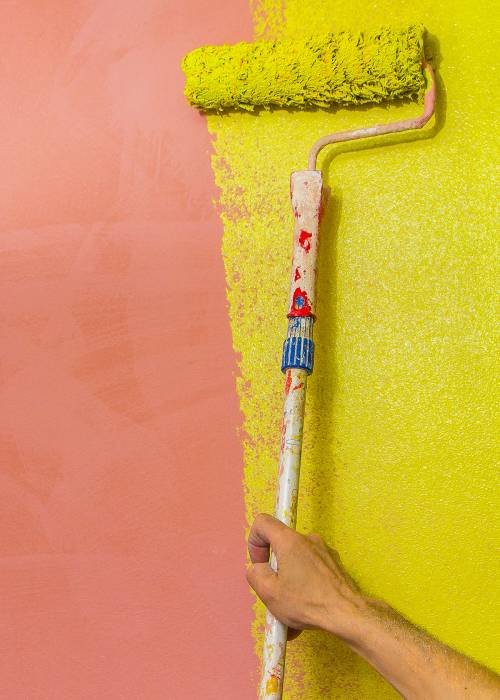
Binder for interior wall paints with high-end properties and an extremely low level of harmful substances
Mar 01, 2019 Read time: approx. MinutesMinute
A Healthy Home
Anyone who is doing some painting and decorating and is reluctant to bring harmful substances into their house will choose paints that bear ecolabels. VINNAPAS® EP 3560 is a new WACKER binder for interior wall paints. It offers a compelling blend of high-end properties and an extremely low level of harmful substances.
Sunshine-yellow dispels bad moods, pine green has a calming effect and purple shades convey solemnity. However, although paints give character to a room and create the desired atmosphere, it takes more than the visual appearance to transform a living room, bedroom or child’s nursery into a relaxing living space. The air that we breathe there needs to be safe and to contain as few harmful substances as possible. And it is here that volatile organic compounds (VOCs) have come in for most criticism.
Problem is, there is no consensus on what exactly constitutes a VOC. It is an umbrella term for all kinds of individual organic substances that readily evaporate, including alcohols, aldehydes, ketones and esters. These may be part of the formulation for the interior paint or be left over from the production process. As the paint dries, they escape into the air. In particular, high concentrations of VOCs in indoor air tend to occur straight after construction or renovation work. But over the long term, too, wall paints can emit a number of these substances. That can lead to irritation of respiratory organs and eyes or to headaches in sensitive people.
It is no surprise, then, that consumers are increasingly calling for products that emit as few VOCs as possible – and even legislators are trying to minimize VOC content. The EU Decopaint directive specifying the solvent content in various products has been in force since 2004. In 2010, the limit values for each substance were again tightened up sharply by 10% to 30% on average.

In particular, high concentrations of VOCs in indoor air tend to occur straight after construction or renovation work.
Paints Bearing an Ecolabel
For paints and coatings manufacturers, this EU directive poses a real challenge and an incentive to seek out alternatives to their usual raw-materials base. WACKER has come up with one such alternative in its vinyl acetate-ethylene or VAE binders which it markets under the name VINNAPAS®. They are suitable for formulating paints, plasters and primers. “Our VAE binders have the advantage of supporting the formulation of particularly low-emission paints,” says Dr. Lada Bemert, a senior technical service manager at WACKER POLYMERS. To be sure, the members of the VINNAPAS® family already offer very low VOC emission values, but the chemists at WACKER have succeeded in lowering them even further.
Low-Emission Paints

Low VOC Emissions
“In VINNAPAS® EP 3560, a refinement of the tried-and-true VINNAPAS® EP 3360, we have developed a binder with which wall paints can meet the requirements of various ecolabels, such as the Nordic Swan ecolabel for indoor paints and varnishes,” says Dr. Martin Schierhorn, a marketing manager at WACKER POLYMERS. “Paint makers now have a solution that can help them meet the growing demand for lower-emission paints.”
A huge advantage is that WACKER’s VAE technology already makes do without organic solvents and so is ideal for formulating paints that have low-VOC emissions. And the reason is the chemical structure: VAE copolymers are partly hydrophilic (water-loving). So, instead of organic solvents, water can serve as the coalescing agent or film-forming aid.
As a coat of paint dries, it contracts in volume, drawing the pigments, fillers and polymer coils closer to one another. The particles have less room to maneuver, the polymer chains straighten out and the tangled structure reorganizes itself into a coherent polymer film. This process is subject to a threshold temperature. Thus, the film-forming temperature of WACKER’s VAE binders for use in paints is close to freezing point. Paints formulated with different polymers would not form a film at these temperatures. They need the additional help of organic solvents, which evaporate as the paint dries and are responsible for the bulk of the VOCs.

“One advantage of our VAE binders is that they can be used to formulate particularly low-emission paints.”
Dr. Lada Bemert, Senior Technical Service Manager, WACKER POLYMERS

Paint containing VINNAPAS® EP 3560 is applied to a cinder block test piece at WACKER’s applications laboratory.

Wall-paint comparison: in an alkaline hydrolysis resistance test, the test piece on the left, coated with paint that contains VINNAPAS® EP 3560, exhibited no efflorescence. The test piece on the right, which was treated with conventional paint, showed significant efflorescence in the lower section.
Despite their advantages, paints formulated with VAE binders are not entirely free from VOC emissions. The reason is to be found in the production process, which creates byproducts that can lead to a slight release of volatile organic compounds from the paints.
“Aside from the monomers, the free-radical polymerization process requires further substances, e.g. for starting and stopping the chemical reaction or for stabilizing the resulting colloids,” says Bemert. “We worked intensively on the polymerization and composition of the binder, swapping various substances to lower the VOC emissions even further. At the same time, we never lost sight of the property profile, which naturally had to be just as outstanding as before.”
Enhanced Dispersibility
The extensive research work has culminated in VINNAPAS® EP 3560, a high-quality, lower-emission product. As Schierhorn says, “Our new binder supports the formulation of low-odor paints that have lower VOC emissions. We have also optimized its dispersibility.” In other words, the binder disperses the fillers and pigment particles much more finely. The finer the dispersion, the better the color development and color consistency.
A further bonus is that the new binder confers greater alkaline hydrolysis resistance on wall paints. “As a result, paints based on VAE are better equipped to counteract efflorescence and so are ideal for primers applied to alkaline substrates, such as concrete,” explains Bemert. “This means that the new binder prevents salts from within the masonry from penetrating through the coat of paint to the surface, where they lead to unsightly color changes. Like VINNAPAS® EP 3360, the new product features high wet-scrub resistance and makes for excellent processing even at low temperatures.
Like VINNAPAS® EP 3360, the new product features high wet-scrub resistance and makes for excellent processing even at low temperatures. “As before, the minimum film-forming temperature of VINNAPAS® EP 3560 is around two degrees Celsius,” says Schierhorn. In other words, paints and plasters based on VINNAPAS® EP 3560 do not need organic solvents to form good films even at low temperatures, which means they will also emit fewer VOCs.
“Our new product is a first-rate binder for matt to semi-gloss paints,” he explains, summarizing the benefits.”
Dr. Martin Schierhorn, Marketing Manager at WACKER POLYMERS

Contact
For more information on this topic, please contact:
Mrs. Dr. Lada Bemert
Senior Technical Service Manager
WACKER POLYMERS
+49 8677 83-2566
lada.bemert@wacker.com


